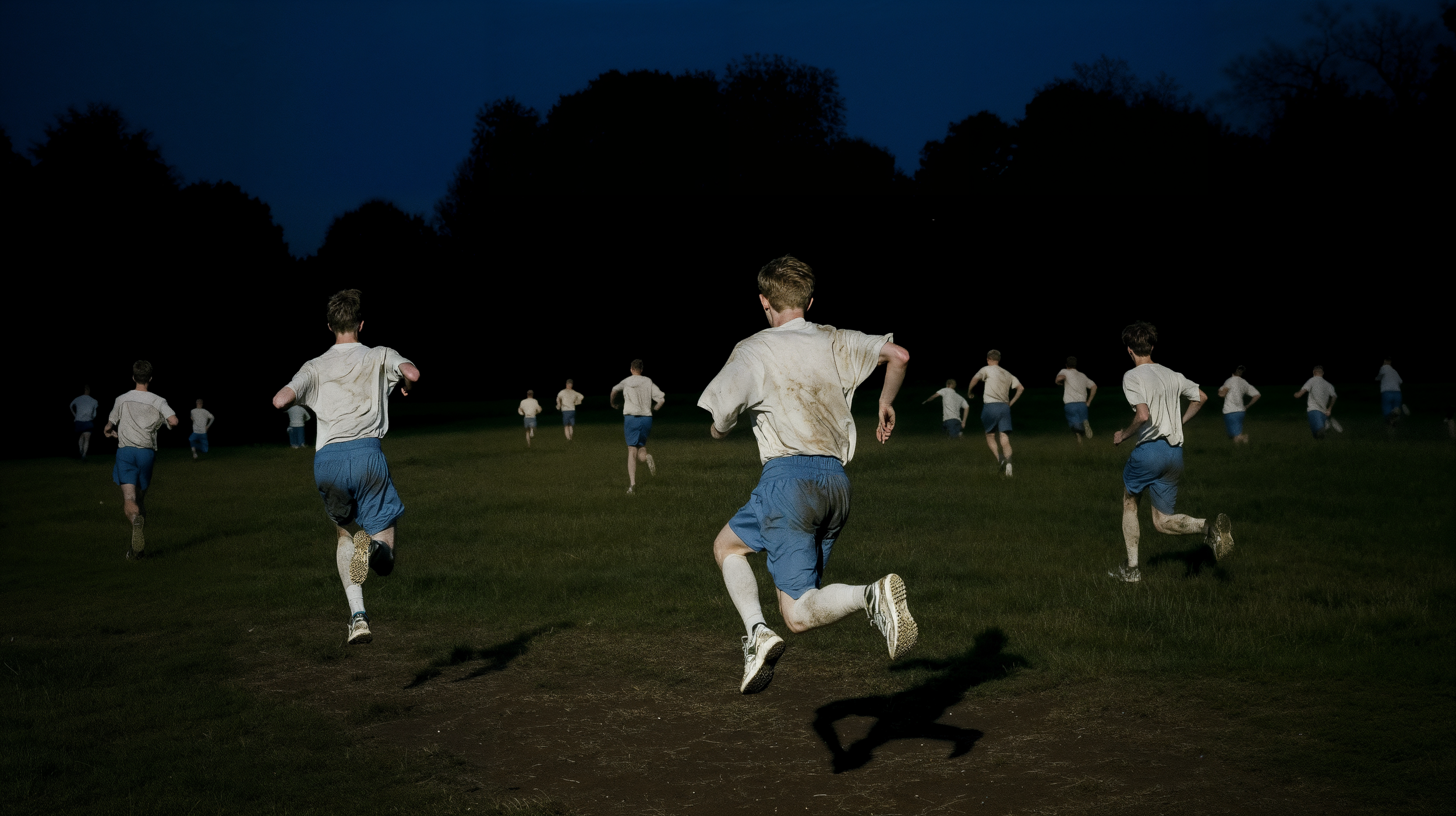Do Machines Dream of Human Bodies?
The Human Experience in the Mirror of Artificial Interpretation
2025
Do Machines Dream of Human Bodies? is a visual collection that uses AI as a lens to explore something deeply human: the physical experience of having a body.
Through a process of AI interpretation and (mis)understanding, the collection transforms AI’s flawed perception of the body into a series of theatrical, exaggerated images, ones that, in a strange way, end up creating unexpected meaning and uncovering hidden truths about human culture.
The results are emotional and strangely intimate: imperfect mirrors that reflect back the things we often take for granted, like our gestures, rituals, desires, fears, emotions, and physical limits.
Approach
As an artist, I’m fascinated by the rapid pace of technology. Artificial Intelligence is evolving at an astonishing rate, with groundbreaking discoveries emerging every week. We have no real way of knowing what our world will look like in 5, 10, or 20 years.
However, I’ve found myself drawn not to the question of what will change, but rather to a different one that in a way feels even more urgent:
What won’t change?
What are the fundamental aspects of being human that remain unreplicable and constant, no matter how much technology evolves?
One of those, I believe, is the physicality of our bodies. No matter how sophisticated AI becomes, I don’t think machines will ever fully grasp what it means to have a human body. Pleasure and pain, the joy of movement, and even the weight of aging are not just sensations, but deeply lived experiences. Machines may be able to analyze, simulate, or even describe them, but can they ever truly feel them?
That question is at the heart of this collection: What happens when a machine, disembodied and senseless, tries to understand the human experience of inhabiting a body?
Artistic Process
To explore these questions, I designed a process that challenges AI to visualize what it cannot truly experience.
Rather than asking an AI to generate an image outright, I began by asking it to describe what a human bodily experience feels like. For example, I prompted an AI language model with an open-ended question: “Assume you have a human body. What do you think dancing ballet feels like?”
The AI responded with descriptive paragraphs, its imagined version of what the human body might sense: the fluidity of movement, the tension of balance, the physical demand of the act.
I then took those AI-written descriptions and fed them into a text-to-image model. I did not prompt it to create “an image of someone dancing ballet.” Instead, I asked it to visualize its own interpretation of what it had just described.
From the resulting outputs, I curated a selection of works that felt most resonant, not because they were accurate, but because their distortions, exaggerations, and illusions revealed something emotionally or culturally true. In their visual misinterpretations, AI seemed to surface meanings it could never fully intend, yet they spoke directly to our human experience.
In some cases, I refined the composition, amplified symbolic elements, or adjusted the aesthetic, always with the goal of preserving the original perspective the machine had offered.
The Result: an AI dreaming of a body, without ever knowing what it means to have one.
The Heart of the Work
Do Machines Dream of Human Bodies? is not a project about AI’s capabilities or limitations.
It’s a meditation on how the machine’s failed attempts to make sense of the body bring us closer to understanding what it truly means to inhabit one.
To move through the world knowing that no technology will ever fully carry the weight of what that means.
And ultimately, it doesn’t just ask whether a machine can understand the human body, but something far more urgent:
If machines can only simulate human experience through inaccuracy, exaggeration, and illusion, what does that say about what it means to be human?









